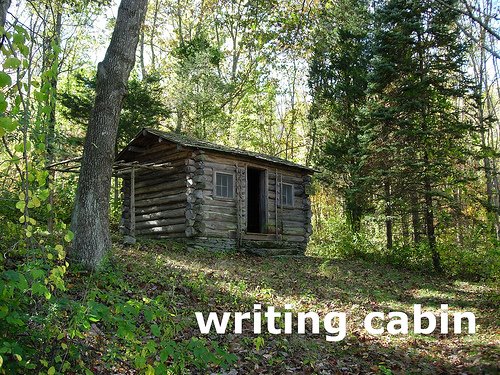
I wonder if anyone else walks into one of the second-floor rooms of the Neue Galerie in New York and registers the reaction I did last October. Having climbed the curved stairwell from the ground floor, I had allowed myself to be pulled first to the wide luminous room where Gustav Klimt’s iconic portrait of Adele Bloch-Bauer rules. Curators probably wisely planned on the lure of that work to move visitors along; it is also the third image in the slide show on the homepage of the museum’s
website.
It is not that bright room facing Eighty-sixth Street about which I want to write. When I walked next door into the long paneled room facing Fifth Avenue and began my circuit of the hangings on those walls, I was looking up again and again at portraits. With one exception, I was also looking up repeatedly at portraits of men. Did Austrian painters in the early twentieth-century have mostly men sitting for their likenesses? Did someone specially plan this room of men painted by other men?
I am enjoying the questions. Why would I even have noticed that pattern on that day last fall? What was aroused in me with such consistency as I circled the paneled room a second and even a third time? Was I perhaps weighing not how good the paintings were but whether I would have liked meeting the men depicted in them? I recall being intrigued by what may have been going on inside each artist as he looked closely at one or other of these men, looked at him day after day, responding perhaps without knowing it to the subtle daily changes in the mood of his sitter, lamenting (or not) a daily contact that would end when the portrait reached completion.
There was one portrait in that paneled room that sent me to the bookstore before I left the museum an hour or so later. I wanted in one way or another to take home a reproduction of a painting by Viennese artist Richard Gerstl entitled
Portrait of a Seated Man in the Studio. I had gotten to stand below the portrait for a comfortable length of time and later to gauge the mood of its subject from different angles in the room. There was no determined look in the man’s face, no tools of a trade positioned near him, no favorite setting to suggest his tastes and interests. Who would have found him interesting? He seems almost mystified that he is at the heart of anyone’s effort and creative attention.
None of the postcard racks in the bookstore showed that portrait. The only place I found a reproduction of the Gerstl painting was a hardcover coffee table book that had been the catalogue for the opening of the museum in 2001. I may actually have been ready to pay $37 for the book with all its essays on German and Austrian art. Near the end of my New York stay, however, I did not look forward to carrying still another parcel from my hotel to the bus the following morning. Six-hundred pages long,
New Worlds: German and Austrian Art, 1890 - 1940 was going to need another way to get to my living room.

As luck would have it, back home I located a library copy of the volume. In the past few weeks, I have gotten to sit some evenings with a full-color plate of the Gerstl portrait before me. The scholarly footnotes admit that it is not known for certain who the gentleman seated in the armchair in the studio is. I renewed the book once; I wanted not to return it until I had written something about this portrait that has fascinated me.
Who else has ever found this man interesting? I like the idea that he would feel mystified once again that he has been at the heart of someone else’s effort and creative attention.
Image of Neue Galerie from NewYorkDiaryStar












